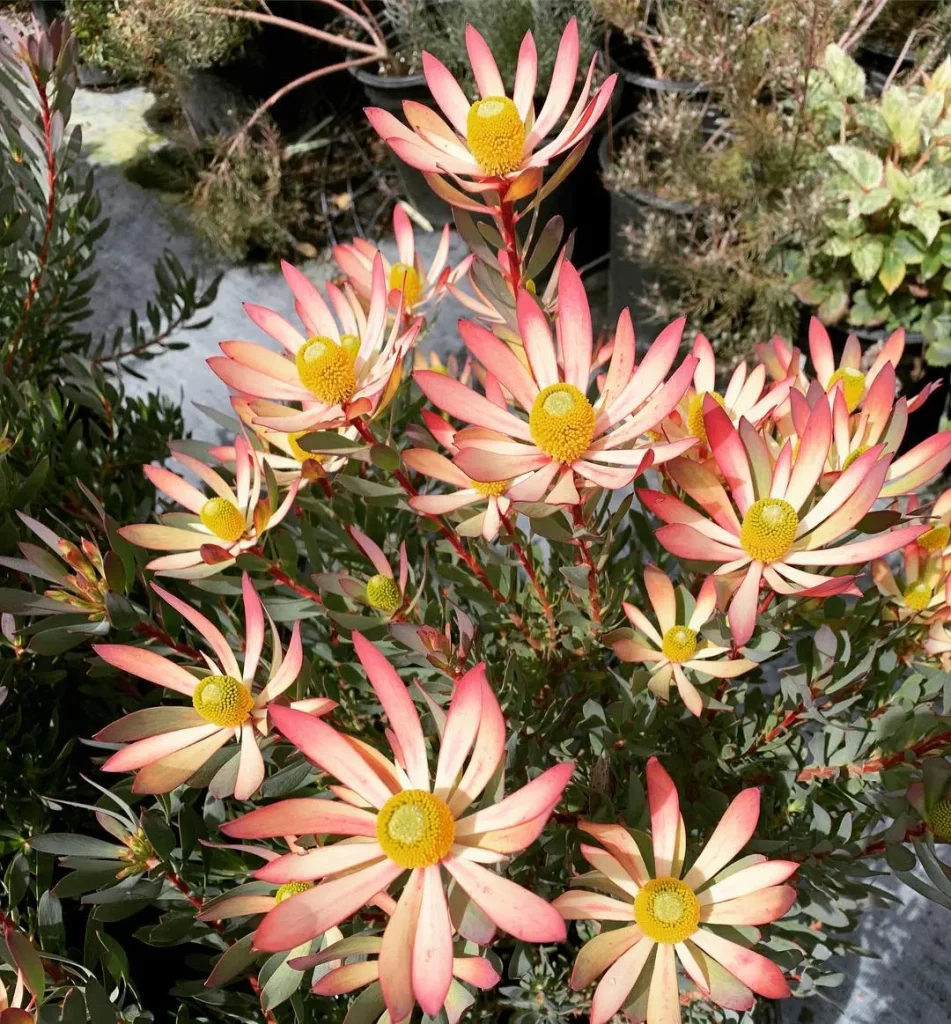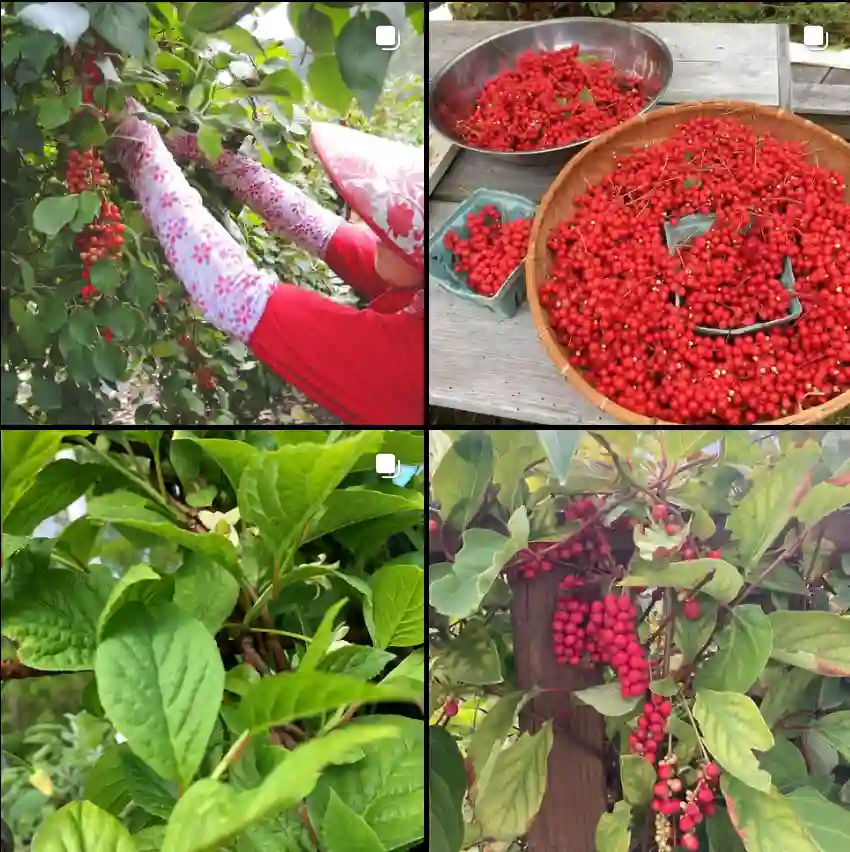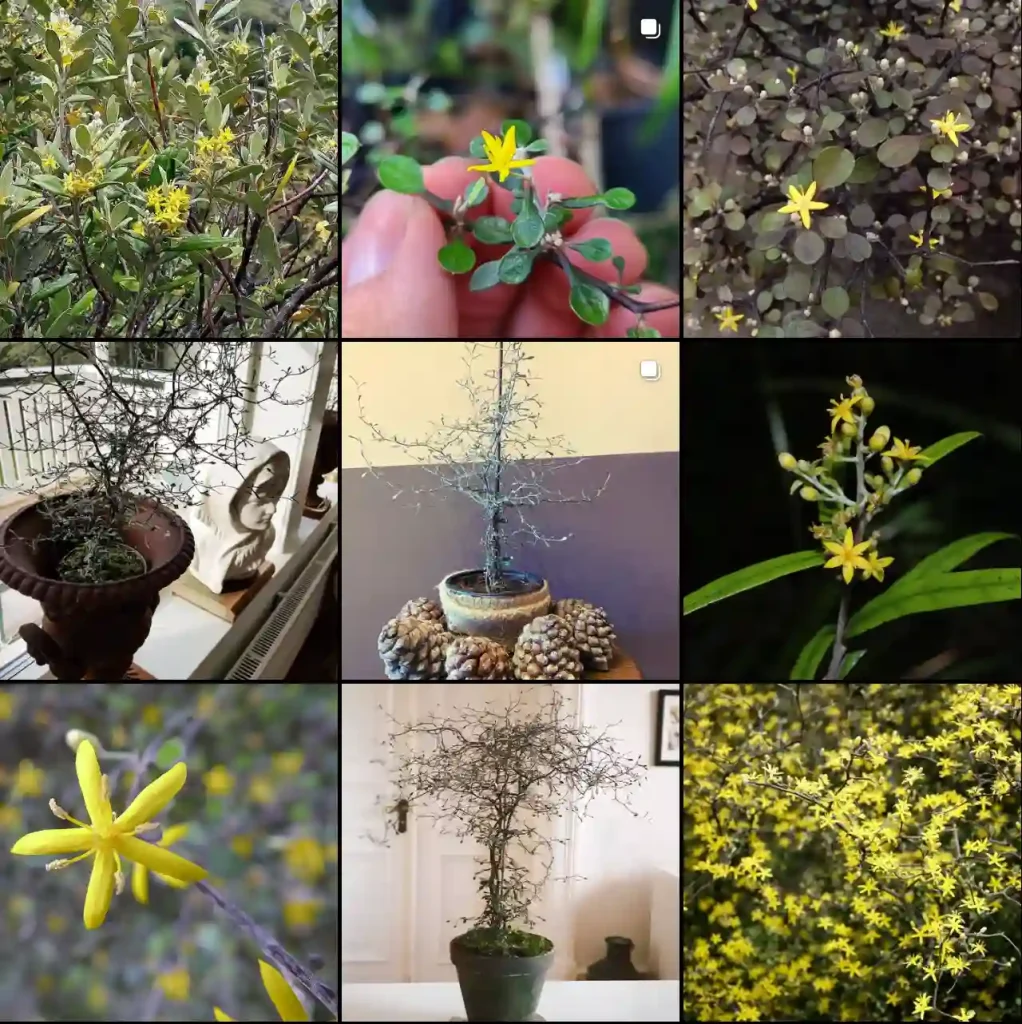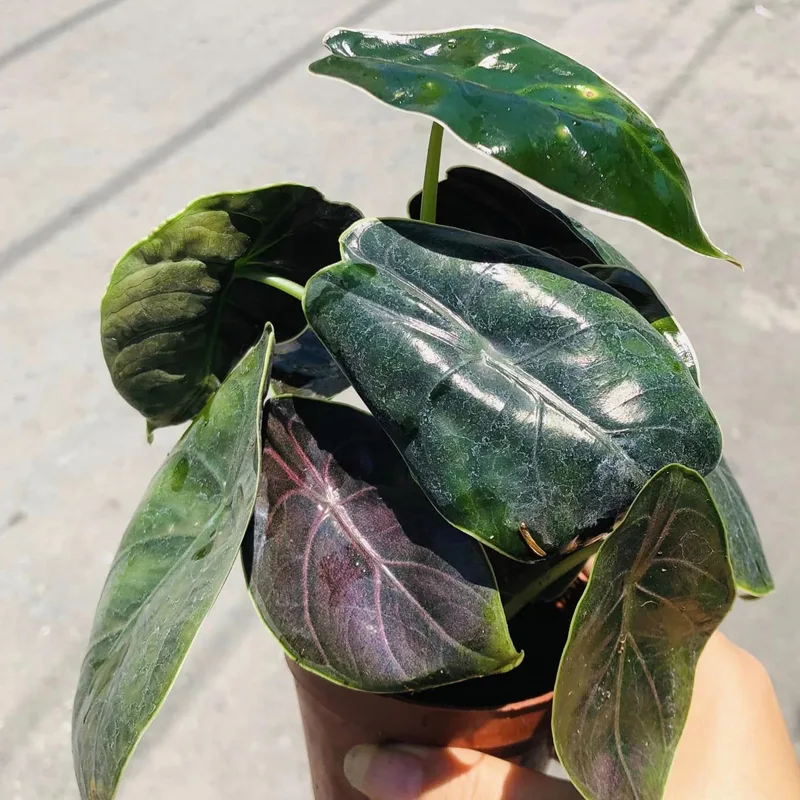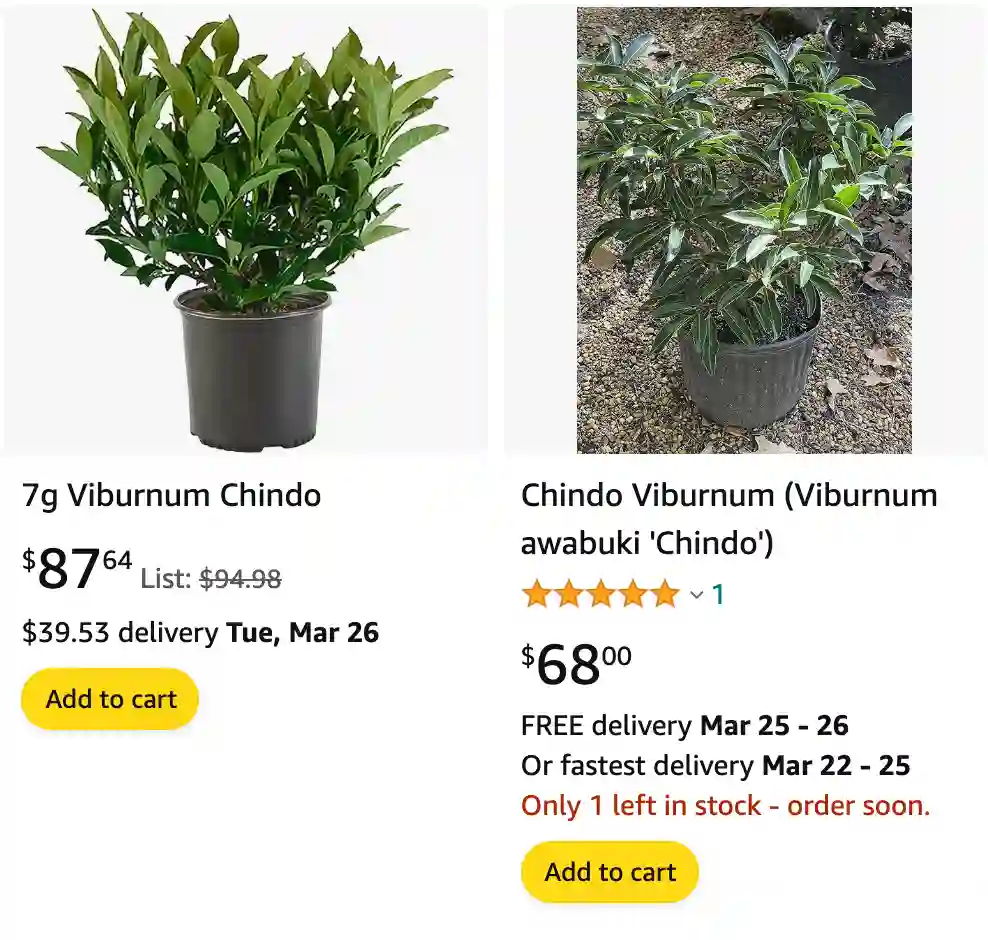
Chindo Viburnum vs Ligustrum
I find Chindo Viburnum to be a wonderful addition to my garden, offering dense foliage and beautiful white clusters of flowers in the spring that attract bees and butterflies. Ligustrum, on the other hand, is hardy and low-maintenance, but its strong fragrance can be overpowering in smaller spaces, which I’ve noticed in my backyard.
206 Species in Genus Viburnum
How far apart to plant Chindo Viburnum?
When planting Chindo Viburnum, I usually space them about 5 to 6 feet apart to give them room to grow and spread. They appreciate some space but also benefit from being planted close enough to create a dense, uniform hedge or screen.
How fast does Chindo Viburnum grow?
Chindo Viburnum is a relatively fast-growing shrub, typically adding about 1 to 2 feet of growth per year under optimal conditions. It’s one of the reasons why it’s such a popular choice for creating privacy hedges or screens.
Is Chindo Viburnum deer resistant?
Yes, Chindo Viburnum is considered deer resistant. While no plant is completely deer-proof, Chindo Viburnum’s dense foliage and tough leaves make it less appealing to deer compared to more tender plants.
Is Chindo Viburnum evergreen?
Chindo Viburnum is evergreen in most climates, retaining its glossy green foliage year-round. However, in colder regions or during particularly harsh winters, it may experience some leaf drop.
Will Chindo Viburnum grow in shade?
Chindo Viburnum prefers full sun to partial shade, but it can tolerate some shade, especially in hotter climates. However, it may not flower as profusely in shadier conditions.
Are Chindo Viburnum berries edible?
While Chindo Viburnum berries are technically edible, they are not typically consumed by humans due to their bitter taste. Birds, however, love them and will happily feast on the berries, making Chindo Viburnum a popular choice for attracting wildlife to the garden.
Can Chindo Viburnum be started from cuttings?
Yes, Chindo Viburnum can be propagated from cuttings. I’ve had success with taking semi-hardwood cuttings in late summer or early fall, rooting them in a well-draining potting mix, and keeping them consistently moist until they develop roots.
Can Chindo Viburnum grow in Texas?
Chindo Viburnum is well-suited to growing in Texas, particularly in the southern and central regions where the climate is warmer. It thrives in the heat and is relatively drought-tolerant once established.
Does Chindo Viburnum lose leaves in winter?
Chindo Viburnum is evergreen in most climates, so it typically does not lose its leaves in winter. However, in colder regions, it may experience some leaf drop during particularly harsh winters or if exposed to severe cold and wind.
How to care for Chindo Viburnum?
Caring for Chindo Viburnum involves providing it with the right growing conditions and minimal maintenance. I start by planting it in well-drained soil with good organic matter, ensuring it gets full to partial sun exposure. Regular watering, especially during hot, dry periods, is crucial for its establishment and continued health. While it’s relatively drought-tolerant once established, consistent moisture helps promote optimal growth and flowering. Pruning is minimal, mainly to maintain its shape and remove any dead or damaged branches. I also fertilize lightly in the spring to encourage healthy growth and blooming. Overall, Chindo Viburnum is a low-maintenance shrub that adds beauty and structure to the landscape with minimal effort.
If i die, water my plants!
